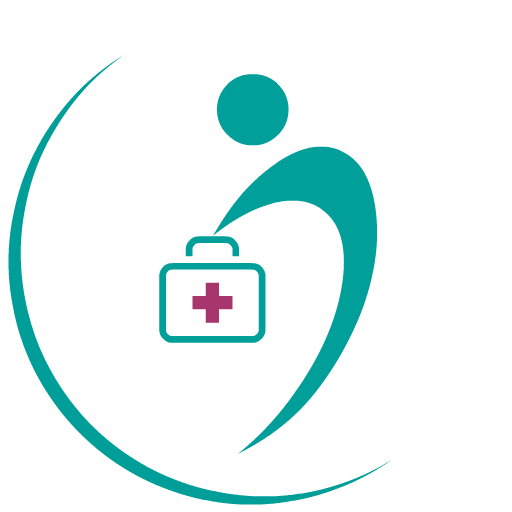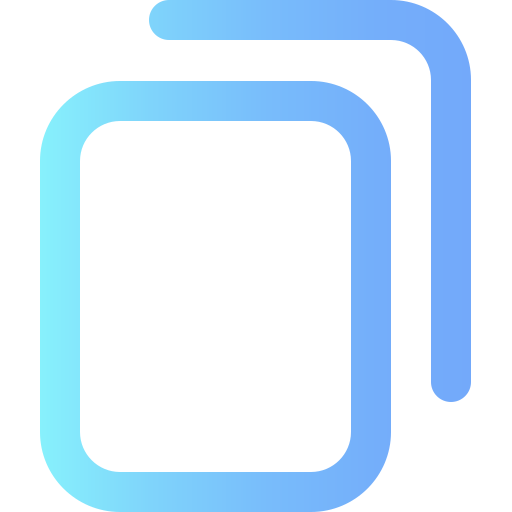Technology is transforming healthcare at a rapid pace.
From direct-to-consumer products that can allow patients to track and monitor their own health post-physician visit or hospital stay, to the impact telehealth is having on rural healthcare, to how wearables and AI are changing the game when it comes to patient care, there’s much to be excited about. Here are a few examples of how technology is transforming healthcare in exciting ways.
Direct to Consumer Innovations
Direct-to-consumer innovation in healthcare is both exciting and practical. It solves real-world problems and allows consumers to monitor their health and take care of themselves in ways that used to require a visit to the physician’s clinic.
Today, leading tech companies are coming up with portable and wearable innovative products that can help monitor health and store and present easily understandable data and analytics. Here are some of the examples –
Heart rate sensors
Exercise trackers
Sweat meters – used for diabetics to monitor blood sugar levels.
Oximeters – monitors the amount of oxygen carried in the blood, and are often used by patients with respiratory illnesses such as asthma.
Telemedicine
Telemedicine addresses the needs of individuals who reside in rural and remote areas and is helping rural and remote patients get the specialized care they need from hospitals and physicians who might not otherwise be available to them. Telemedicine is not only used in rural communities.
Several medical practitioners are integrating telemedicine into their practices so that patients don’t always have to travel to be attended to.
Wearables and AI (Artificial Intelligence)
Hospitals are using Wi-Fi-enabled wearables that allow remote monitoring following patient discharge of vital signs like respiratory rate, oxygen levels, heartbeat, blood pressure level, and body temperature. This not only reduces readmission rates and emergency room visits it also empowers and enables patients to play an expanded role in their healthcare.
Hospitals and healthcare organizations are using Artificial Intelligence (AI) to process and examine patient information in real-time using data from wearable monitors. Not only is this reducing re-admissions and emergency room visits, but the need for expensive in-home nursing visits is also
reduced. In addition, longer-term adherence to treatment plans has increased significantly when patients are connected, even remotely, to their care experts by way of technology.
Genomics
Advances in genome sequencing and the associated field of genomics are also set to offer us a better understanding of how diseases affect different individuals.
With the genetic profile of a person’s disease and knowledge of their response to treatment, it should be possible to find out more about the likely effectiveness of medical interventions such as prescribing drugs to treat a particular disease.
Blogs
Stay connected to health experts and read what they have to say via DocSmart.
Please sign up to create your own blog





